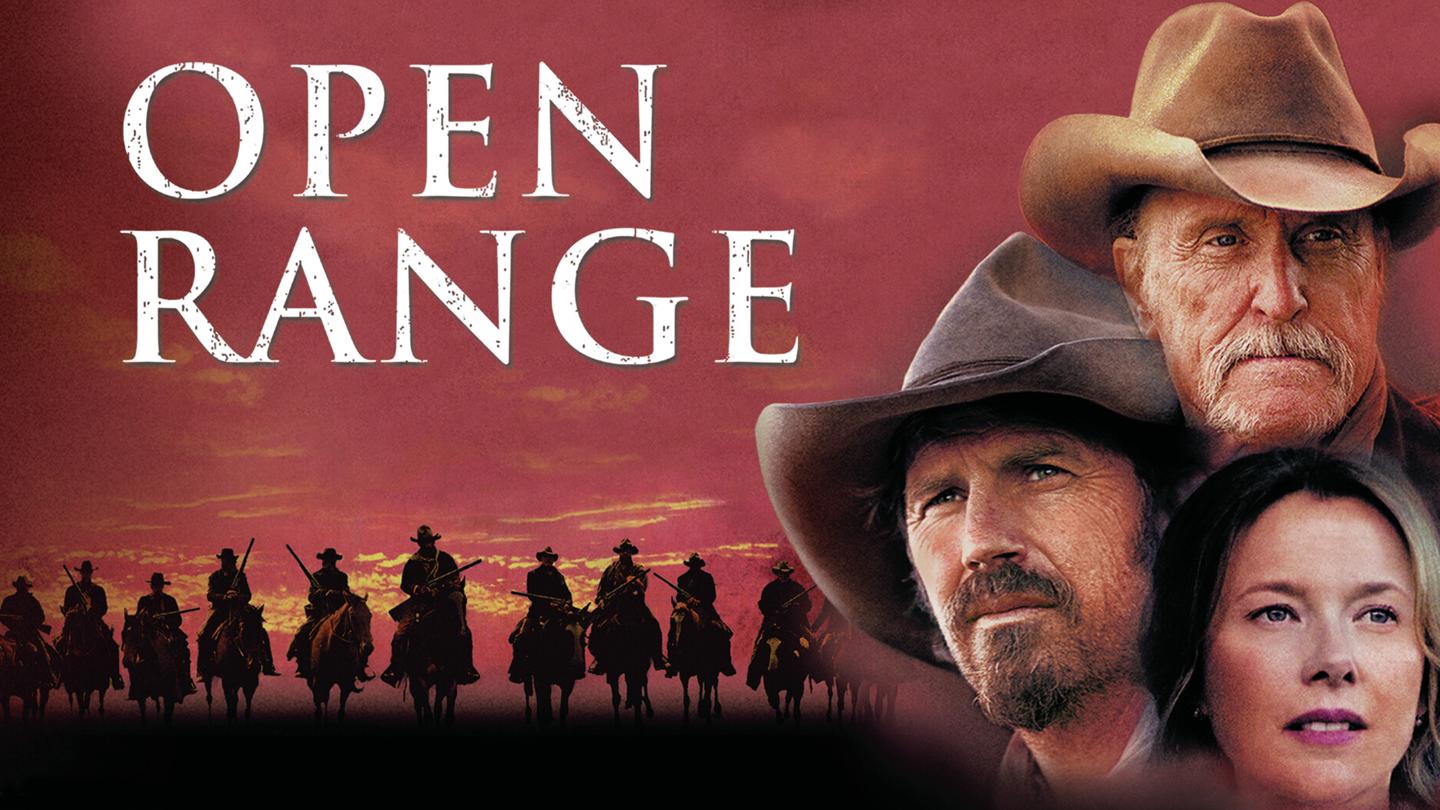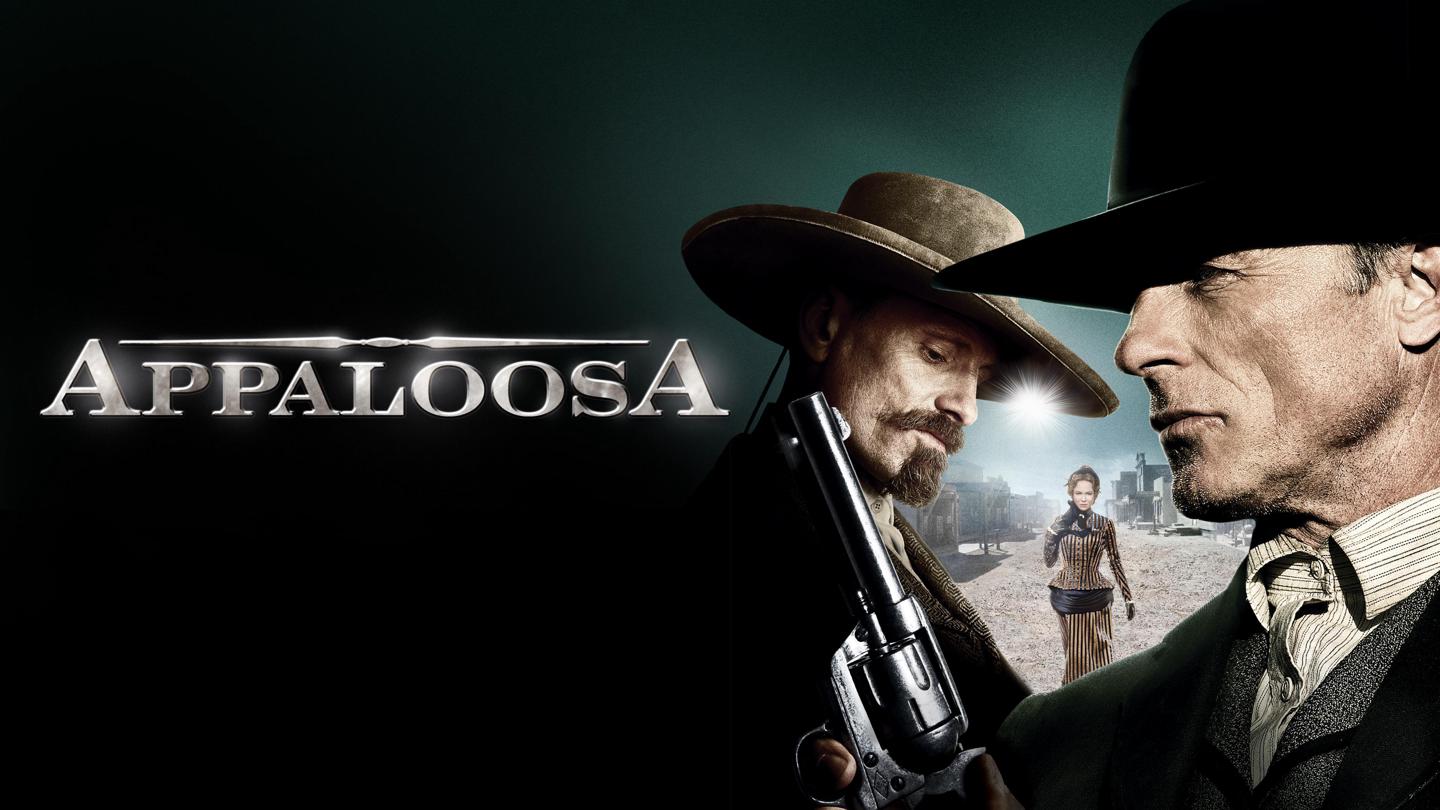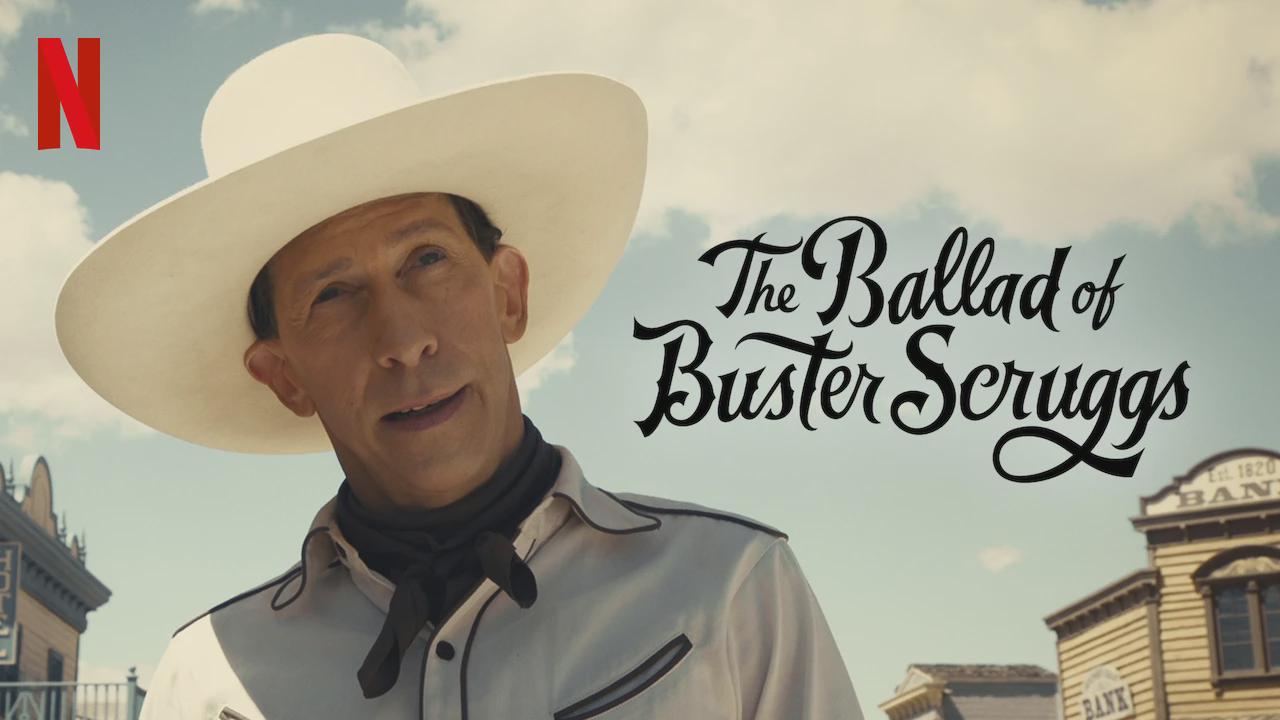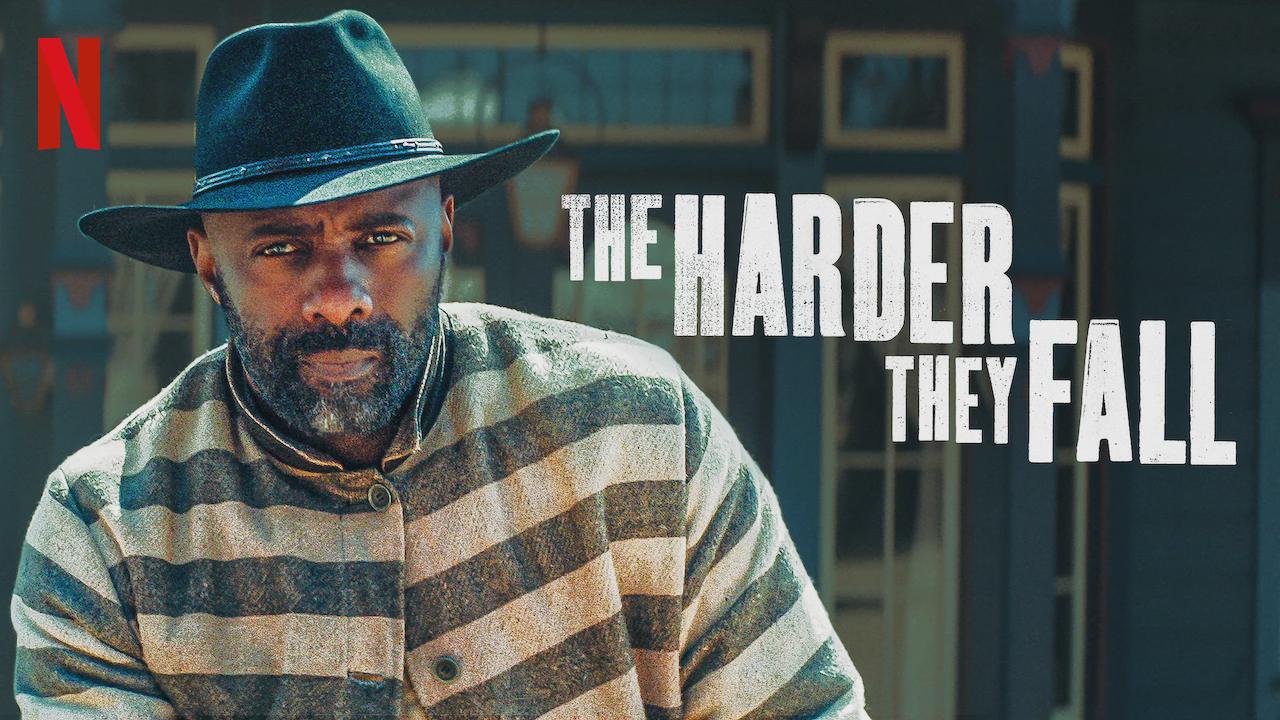
Quick Info
Open Range is one of those Westerns that flew under a lot of people’s radar, even though it stars Kevin Costner and Robert Duvall. Released in 2003, it has that comfortable period authenticity that Costner likes—weather-beaten faces, dirt under the fingernails, and a slow, rolling pace. The setup is simple: two free-grazers and their small crew get bullied by a powerful rancher in a town that isn’t exactly friendly to outsiders. It's not flashy, but there’s something really steady and almost meditative at work here.
The first thing that stood out to me was the chemistry between Costner and Duvall. Duvall’s character, Boss Spearman, has a relaxed, unhurried way of owning every scene. Costner plays Charley Waite, a former gunslinger nursing old wounds, both physical and emotional. Their partnership feels real. There’s a father and son dynamic that gives the film some warmth, even as it teeters toward violence. When they share quiet moments between chores or by the fire, you feel the history.
The pacing is definitely on the slower side. Some might call it patient, others might say it drags, but you can tell Costner is channeling those grand, deliberate epics. He isn’t rushing to the next shootout. Instead, the tension simmers for a long time. The movie really makes you wait before anything explodes, which can be both a strength and a weakness. I caught myself wishing they’d hurry up at times, but looking back, the buildup gave weight to the final act.
Cinematography here is superb. Everything feels wide open, windswept, and honest. Fields stretch into the horizon, and every shot seems to find a quiet dignity in the land itself. Costner lingers on these big, empty spaces, which gives the movie both a sense of freedom and isolation. There’s one particular scene—in the rain—that perfectly captures the mood of the film: melancholy, with a touch of foreboding. Every now and then, the sky and the grass become characters in their own right.
The violence, when it comes, is shockingly quick and brutal. No slow-motion, no stylized blood sprays. Just loud, awkward, messy gunfights that feel closer to what guns actually do. The final shootout feels like it punches you in the chest—no melodrama or celebration, just chaos and survival. That kind of realism is hard to pull off and it really worked for me. When people die in Open Range, the film doesn’t look away or romanticize it.
Of course, the movie isn’t perfect. Annette Bening’s character, who provides the main romantic subplot, sometimes feels underwritten. Her motivations never fully click, and her chemistry with Costner lands somewhere between “neighbors who chat” and “let’s get this over with.” The script wants her to be pivotal, but she’s mostly there to move Costner’s character along and soften the edges, which is a missed opportunity.
What I appreciated, though, is the restraint. So many Westerns dip into caricature—the black-hat villain, the saintly townsfolk, the tortured hero. Open Range keeps things pretty grounded. Even the main antagonist, played by Michael Gambon, isn’t just evil for evil’s sake. He’s a controlling, petty man, yes, but he’s believable. The town feels lived-in, with people who are scared and self-interested. It’s a Western that cares more about small gestures than grand speeches.
By the end, I felt like Open Range earned its emotions. You get to know these characters and care about them, not because of flashy plotting but because the film lets them be vulnerable and ordinary. If you have patience for a slow-burn Western with an old-fashioned heart, you’ll find plenty to love. It’s not quite Unforgiven, but it’s got grit and grace in equal measure.
The R8 Take
Open Range is slow, sometimes to a fault, but if you’re in the mood for a serious Western that trusts quiet moments as much as gunfire, this will scratch the itch. The last act really delivers, and you’ll probably want to call your dad after.



